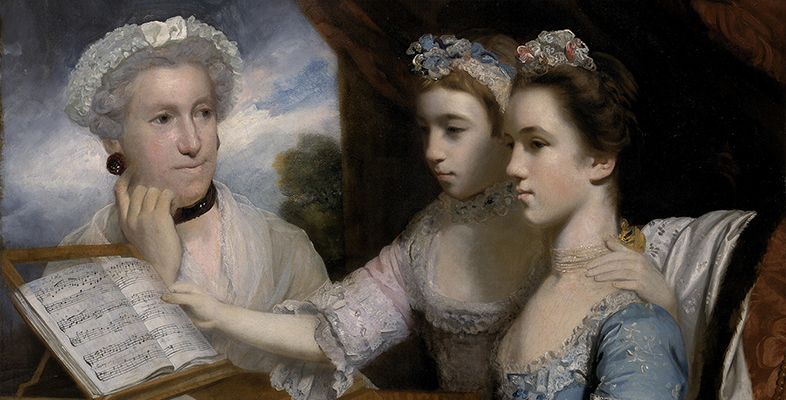- The Open University
- Guest user / Sign out
- Study with The Open University
- The Open University
- Guest user / Sign out
- Study with The Open University
My OpenLearn Profile
Personalise your OpenLearn profile, save your favourite content and get recognition for your learning

A didactical, stimulating and compelling study exploring the past and present in terms of the
production and transmission of music.
Musical culture and practices through the centuries are condensed into manageable
modules making the course content easier to comprehend and absorb.
Several recordings of relevant performances included in support of the course content were
particularly beneficial.
In addition, an abundance of reference suggestions were provided in terms of further reading
and listening.